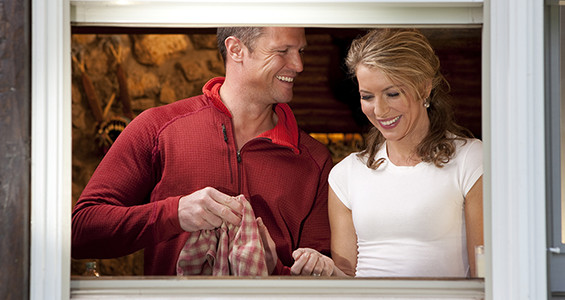Love Languages – Creating Positive Post-Divorce Relationships

In The Five Languages of Love, author Gary Chapman discusses the pitfalls and solutions to expressing and receiving love in ways that are unique to each partner in a relationship. The post-divorce period can be an excellent time for self-reflection, evaluation, and learning. The dust begins to settles and increased emotional stability opens the door to understanding hard lessons and identifying ways to grow in future relationships.
Chapman asserts that feeling unloved in a relationship can be a simple miscommunication or lack of clarity in how to create an environment in which both partners feel loved. He identifies five basic love languages that differ from individual to individual and often stem from our families of origin. He states that you may express love through one type of demonstration more than another, often based on how you like to receive love. You may, in fact, believe that you are acting in a caring and demonstrative manner when your partner has a completely different style of sharing love. Cultivating intimacy requires knowing each other’s desires; in loving each other, we need to know what the other person wants.
Chapman identifies the five love languages as follows:
Words of Affirmation —This includes words of appreciation and verbal compliments. Affirming words encourage and motivate. They boost our partner’s self-esteem and express our view that they bring valuable qualities to our life. Some examples of positive statements:
“You look sharp in that sweater.”
“I really appreciate you doing the dishes.”
“You are the best chili cook on earth!”
“You are such a hard worker and provide so well for our family.”
Quality Time —Giving your undivided attention, making eye contact while talking, and attending events that interest your partner communicate togetherness. Practicing your listening and talking skills (with a focus on talking about emotions rather than thoughts) can lead to feeling more understood and deepen feelings of closeness. Shared activities and scheduling a sharing time daily are ways to enhance time spent together.
Receiving Gifts — In his book, Chapman discusses the universal aspect of giving gifts across different cultures as a way to express love. Gifts are visual symbols of love. They can be expensive, homemade, or found; the common denominator is that they mean something to the giver and the receiver. They communicate that you were in your partner’s thoughts. The gift of self (being physically present) is a powerful expression of love as well.
Acts of Service —To many people, actions speak louder than words. Doing things for your partner such as cooking a meal, washing a car, changing a diaper, vacuuming, running an errand, and walking the dog are acts of service. This category can get muddled with gender roles and expectations. It is important to communicate your desire to be shown love this way by requests rather than demands. Requests help point the way whereas demands stop the flow of love.
Physical Touch — Holding hands, kissing, hugging, and sexual intercourse are all ways of expressing physical love to a partner. Holding a partner who is crying goes a long way with someone whose primary love language is physical touch.
On page 41 of his book, Chapman beautifully writes, “The object of love is not getting something you want but doing something for the well-being of the one you love.” When your partner’s “love tank” is full, the relationship grows fuller and stronger.
As divorced partners begin to date, it is helpful to identify your individual style of feeling loved. It is also helpful to evaluate the marital relationship to assess whether love was being sent in the best way to each spouse. Food for thought in moving forward!
© Dan Bannister | Dreamstime.com – Smiling Couple Doing Dishes at Kitchen Window
